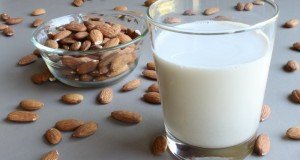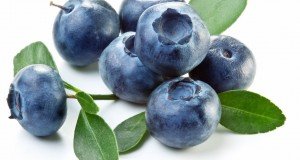Grass fed cows produce milk with HIGHER levels of omega-3, research reveals
(NaturalHealth365) No doubt, the healthiest meat and dairy products produced are grass fed (‘organically-raised’) and free of toxic substances like, synthetic hormones, genetically modified organisms (GMOs) and antibiotics – which get injected into conventionally-raised cows.
As an added “bonus:” consciously-raised animals tend to be richer in health-sustaining omega 3 fatty acids. And, now, a new collaborative university research project confirms that animals – grass fed – do indeed offer the highest amount of omega 3 fatty acids.
As you know, omega 3s are essential to human health. Omega 6s are also important, but an excessive amount tends to increase the risk of health problems like, arthritis, diabetes, obesity and heart disease – due to pro-inflammatory nature. The key to good health is maintaining a healthy balance of omega 3, 6 and 9.
Sadly, many Westerners consume far more omega 6 fatty acids than omega 3 – in some cases, by as much as a ratio of 15 to 1. (not good)
Grass fed cows yield milk 147 percent higher in omega 3s
Past research had shown that drinking organic dairy (especially raw milk) and eating grass fed beef products naturally helped to lower omega 6 intake while raising omega 3 and CLA (conjugated linoleic acid) – another fatty acid that is integral to heart health.
After an analysis of more than 1,160 samples, a collaborative research effort among Johns Hopkins University, University of Minnesota, Newcastle University in England, NSW Australia, the Aarhus University Hospital in Denmark and Southern Cross University in Linsmore found that cows fed a 100% organic (chemical free) grass-based diet produced milk with much higher levels of CLA and omega 3 fatty acids.
In fact, the ratio of omega 6 to omega 3 was nearly 1 to 1, as compared with non-organic types that were closer to 5.7 to 1.
Cows that are grass fed produce milk that is: 0.05 grams of omega 3s per 100 grams of milk (g/100 g). By contrast, conventionally-raised cows produce milk with 0.02 g/100 g of omega 3s.
In addition, grass fed cow’s milk had the highest levels of CLA: 0.043 g/100 g, as compared with 0.019 g/ 100 g in conventional cow milk that is not grass fed.
Grass fed, organic options can make omega 3 consumption easier
With demand on the rise for healthier meat and dairy options, these research results point to the value in feeding cattle all-natural (chemical free) grass and legumes to result in a better fatty acid profile.
The researchers commented that the near-perfect balance of omega 3 and omega 6 fatty acids in grass fed dairy can assist consumers in making easier, more accessible lifestyle choices to reduce risk of cardiovascular disease and other metabolic illnesses.
By contrast, conventionally-raised cattle are fed forage-based feeds as well as non-organic grains and concentrates. It should be noted: these conventional brands of milk and other dairy products account for more than 90 percent of U.S. meat and dairy market.
Obviously, we have a long way to go before the quality of our food supply is acceptable. But, now is always a great time to make better (informed) decisions about where we spend our food dollars.
For those looking to do more scientific research: the study, called “Enhancing the Fatty Acid Profile of Milk through Forage-Based Rations, with Nutrition Modeling of Dietary Outcomes,” was published in Food Science and Nutrition. (see reference – below)
Sources for this article include:











